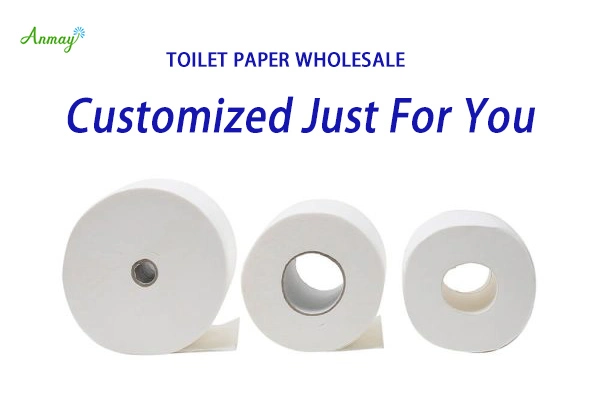When we talk about the thickness of tissue paper, it’s often hard to express exactly how thick it is just by feel. That’s where the term GSM (Grams per Square Meter) comes into play. It provides a standardized way to describe the weight and thickness of paper products, including tissue paper. In this article, we will explore what GSM means, how it is measured, and its importance in the tissue paper industry.

What is GSM meaning in Paper?
GSM stands for grams per square meter and is the most commonly used unit to describe the weight of paper. In simple terms, it refers to how many grams a one-square-meter piece of paper weighs. A higher GSM generally indicates thicker and denser paper, while a lower GSM means the paper is thinner and lighter. This makes GSM a useful indicator when choosing between different types of paper, such as tissue paper or paper towels.
The Meaning and Definition of GSM Paper
The GSM of paper plays a crucial role in determining its durability and thickness. For instance, tissue paper with a GSM of 15 will be much lighter and thinner than a sheet of tissue paper with a GSM of 50. This measurement provides insight into the paper’s sturdiness, which is essential for different uses, from toilet paper to kitchen towels.
How to Measure GSM in Paper?
To measure the GSM of paper, a specific area of the paper (usually 1 square meter) is weighed using a precise scale. This weight in grams is then recorded as the GSM. For example, if a sheet of paper weighs 50 grams, the GSM is 50. This method ensures accuracy and helps maintain consistency across different paper products.
GSM in Tissue Paper
In tissue paper products, GSM varies depending on the type of tissue and its intended use. Typically, toilet paper has a lower GSM compared to paper towels, making it softer and thinner. A single-ply toilet paper may have a GSM of 20, while multi-ply tissue paper, such as a three-layer roll, can range from 13.5 GSM to 15 GSM.
On the other hand, paper towels tend to have a higher GSM. For example, a single-ply paper towel may have a GSM of 40, providing more absorbency and thickness, ideal for kitchen use. Understanding these variations in GSM is essential for selecting the right tissue paper or paper towel for different applications.
Paper Thickness Calculator
To easily calculate the GSM of any paper, including tissue, you can use a paper thickness calculator. Simply weigh a sample of the paper, divide the weight by the area (in square meters), and you’ll get the GSM. This helps in determining the thickness and quality of the paper, which is particularly useful when comparing products.
Importance of GSM in Paper Products
GSM is a critical specification for both manufacturers and consumers. Manufacturers rely on it to maintain quality control, while consumers use it to select the right paper for their needs. Whether you are looking for thin, soft tissue paper for daily use or thicker, more absorbent paper towels, understanding what GSM means will help you make an informed decision.
For more details on the GSM of various tissue products, feel free to check our PRODUCT PAGE.
Conclusion
In summary, understanding what GSM means for paper is key to choosing the right tissue paper. Higher GSM values indicate thicker and more durable paper, while lower GSM values suggest thinner, softer products. By knowing how to measure and interpret GSM, both manufacturers and consumers can ensure they select the most suitable product for their specific needs.





